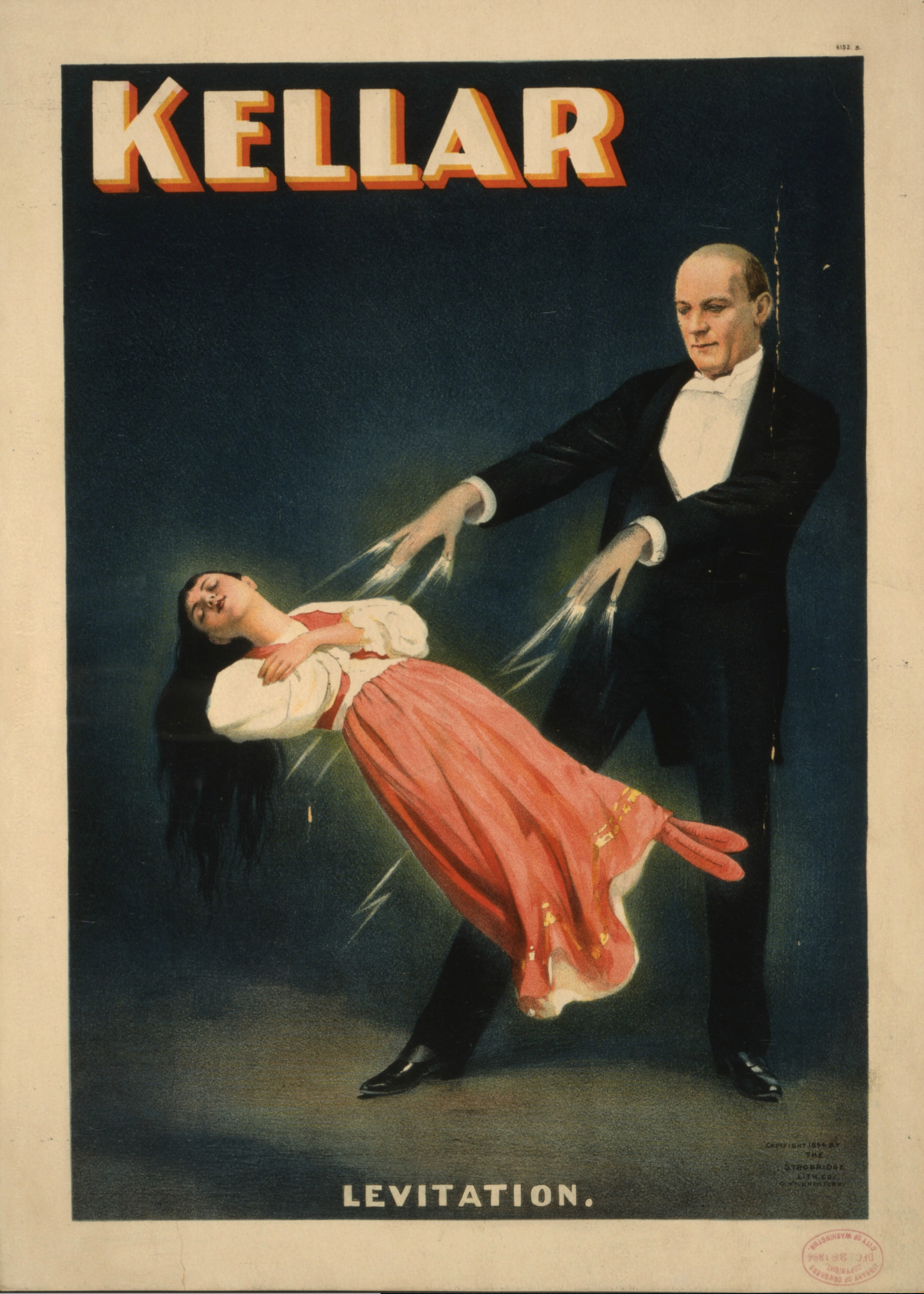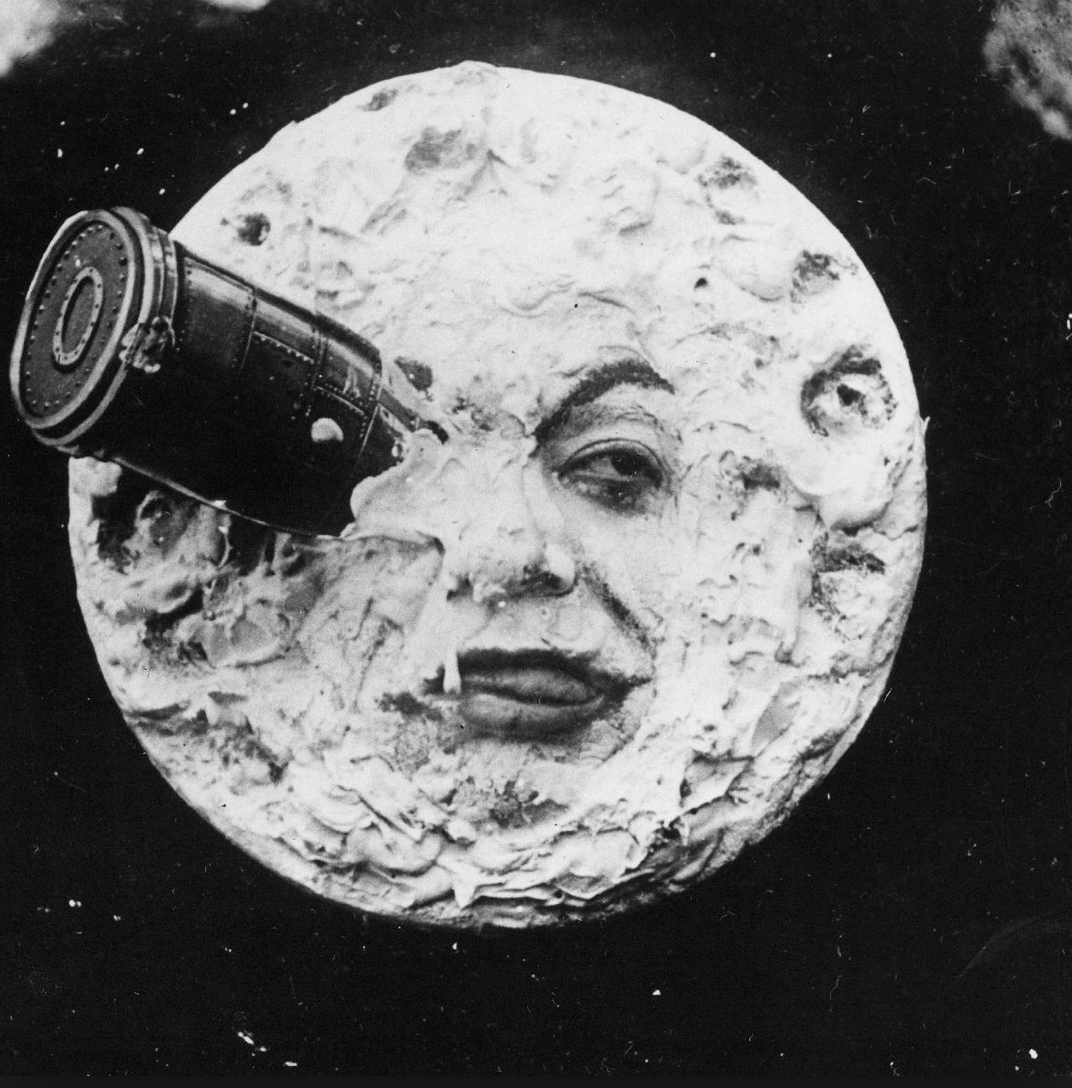Sorolla’s ‘Sunshine on a Brush’: Can You Convey Happiness?
Joaquin Sorolla, Sewing the Sail (1896)
I recently attended a fine exhibition of the work of Spanish painter Joaquin Sorolla (The National Gallery, London, until 7 July).
Born in Valencia in 1863, Sorolla was orphaned at two. Raised by an aunt, who got him work as an assistant to a local photographer, he studied art in his hometown, and then in Madrid, Rome and Paris. He married the photographer’s daughter, Clotilde, and together they had three children.
Sorolla created portraits of his family, and of the great and the good. He addressed social concerns: the exploitation of workers, the effects of disease, the plight of a mother who had killed her child. He painted Spanish landscapes - the mountains of the Sierra Nevada, the Alcazar in winter, Burgos Cathedral in the snow. He was commissioned to capture the rich variety of regional Spanish dress.
Joaquín Sorolla, Mother, 1895–1900
But Sorolla is best remembered for his paintings of sunlight and sea, of people at work and play around the beaches of Valencia and nearby Javea. The French critic Henri Rochefort observed: 'I do not know any brush that contains as much sun.'
Sorolla liked to work outside. He set up his easel behind the protection of large parasols and windbreaks. By necessity he painted quickly, with confident sweeping brushstrokes. His style was free, spontaneous, natural. His art was colourful, vibrant, joyous.
A woman swathed from head to toe in fashionable linen adjusts her camera on a Biarritz beach. Toddlers paddle in the afternoon heat. A mother shields her son from the bright sunlight with a towel. A couple of boys strain to keep a boat under control, their image reflected in the dappled blue water. Three children sprint across the orange sand, beaming with glee. A lady holds her daughter’s hand as she steps carefully across the rocks. Four women take a siesta in the shaded grass. A skipping girl in a blue-striped dress casts a shadow by the pond in the garden. A mother tenderly regards her sleeping baby as they lie together in a big white bed.
I left the exhibition buoyed up by the sheer vitality of it all. I also reflected on the fact that we in the marketing and communications industry are in the business of selling happiness in one way or another. And yet sometimes we struggle to convey it with any naturalness or authenticity. Indeed we often resort to familiar clichés and tired stereotypes.
Sorolla teaches us that happiness can be captured in a simple gesture: a backward glance, a tilt of the head, a youthful leap. Happiness is a hand held on a park bench, a shimmering reflection in the summer heat. It is a neat white bonnet, a casually dropped parasol, red ribbons in a child’s hair. It is a brief moment in time, a fleeting memory, an echo.
Joaquín Sorolla, Walk On The Beach, 1909
As James Joyce once remarked:
‘In the particular is contained the universal.’
Success came easily to Sorolla. He was exhibited across Europe, in the United States, and as far away as Buenos Aires. He enjoyed commissions, honours and extensive travel. By 1900 he was considered the most famous of all living Spanish artists.
You can visit Sorolla’s rather splendid house in Madrid. It combines a well-lit, high-roofed studio space, with plush rooms for meeting clients, comfortable living quarters and a peaceful shaded garden. Clotilde is a constant presence, looking out at us with elegance and authority from portraits and family beach scenes. Theirs was a long and happy marriage. When travelling, Sorolla would write to her every day – often sending flowers inside the letters.
'All my love is focused on you. Despite my great love for our children, you are more, much more than them for so many reasons that there is no need to mention. You are my body, my life, my mind, my perpetual ideal.'
Sorolla’s general cheerfulness is at odds with what we have come to expect from the tortured artist. Perhaps someone who is supremely happy is better qualified to convey contentment. A lesson for us all.
In 1920 Sorolla suffered a stroke while painting in the garden. He died three years later. Soon after, his work fell out of fashion. His relaxed luminous naturalism was at odds with the more anxious, cerebral output of the avant-garde. It’s good to welcome him back to the bright sunshine.
'You're mine, you're mine, you're
Walking on sunshine.
I got to tell you that you're doing fine,
Walking on sunshine.’
Rockers Revenge, ‘Walking on Sunshine’ (E Grant)
No. 235


















